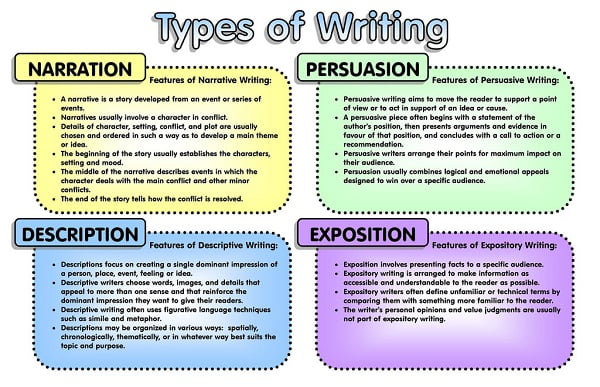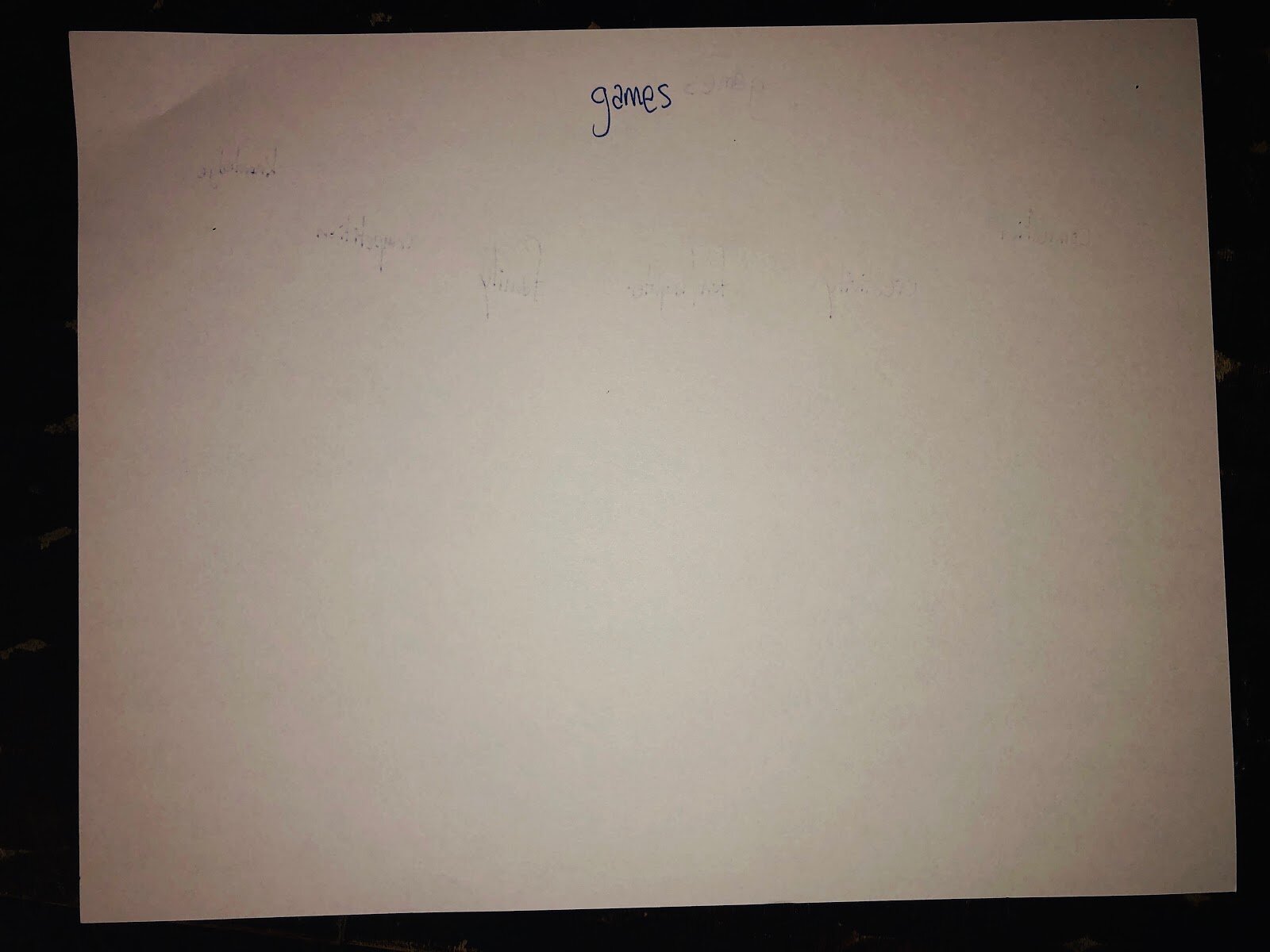
Without a clear thesis, an essay can end up rambling and unfocused, leaving your reader unsure of exactly what you want to say.
A good introduction paragraph is an essential part of any academic essay. It sets up your argument and tells the reader what to expect.
This introduction example is taken from our interactive essay example on the history of Braille.
You can use the checklist below to make sure your introduction does everything it’s supposed to.
More examples of essay introductions
- Catch your reader’s attention.
- Give background on your topic.
- Present your thesis—the central point of your essay.
I have introduced the topic with necessary background information.
You have a strong introduction - now make sure the rest of your essay is just as good.
When you’ve finished writing the essay body and conclusion, you should return to the introduction and check that it matches the content of the essay.
:max_bytes(150000):strip_icc()/Writing-Vincent-Hazat-PhotoAlto-Agency-RF-Collections-Getty-Images-pha202000005-589588bc5f9b5874eec64230.jpg)
In your introduction, you stated the reason for your paper. In your conclusion, you should summarize how your key points support your thesis. Here's an example:
Knowing how to write an essay is a skill that you can use throughout your life. The ability to organize ideas that you use in constructing an essay will help you write business letters, company memos, and marketing materials for your clubs and organizations.
Anything you write will benefit from learning these simple parts of an essay:
Put your idea into a single sentence. This is your thesis statement, your main idea.
Body of Information
:max_bytes(150000):strip_icc()/Deb-Nov2015-5895870e3df78caebc88766f.jpg)
- Purpose and Thesis
- Title
- Introduction
- Body of Information
- Conclusion
Your title should make someone want to read what you have to say. Make it provocative.
- America Needs Better Health Care Now
- The Use of the Mentor Archetype in _____
- Who Is the She-Conomy?
- Why DJ Is the Queen of Pedicures
- Melanoma: Is It or Isn't It?
- How to Achieve Natural Balance in Your Garden
- Expect to Be Changed by Reading _____
Do you love gardening? Sports? Photography? Volunteering? Are you an advocate for children? Domestic peace? The hungry or homeless? These are clues to your best essays.

This introduction to a short expository essay leads into the topic (the invention of the printing press) and states the main point the essay will explain (the effect of this invention on European society).
It’s especially important to make sure your thesis statement accurately represents what you do in the essay. If your argument has gone in a different direction than planned, tweak your thesis statement to match what you actually say.
A thesis statement is a sentence that sums up the central point of your paper or essay. Everything else you write should relate to this key idea.
- It gives your writing direction and focus.
- It gives the reader a concise summary of your main point.
Checklist: Essay introduction
The length of each part depends on the length and complexity of your essay.
When you’ve finished writing the essay body and conclusion, you should return to the introduction and check that it matches the content of the essay.
Particularly in longer essays, it’s helpful to end the introduction by signposting what will be covered in each part. Keep it concise and give your reader a clear sense of the direction your argument will take.
As you research and write, your argument might change focus or direction as you learn more.

During the process of narrative writing, it’s essential to list any sounds, feelings, tastes that the writer experienced in the story. The writer ought to draw the reader while refraining from making the narrative story sound like another summary. Make use of transitional words in order to make the flow and easy to perceive.
While writing your essay, you need to be driven by passion and utilize concrete details. Narrative writing offers students a great opportunity to score highly by telling a good story with passion, without having to concentrate on areas like persuasive writing and literary analysis.
- A Memorable Journey
- A Significant Misunderstanding
- An Embarrassing Event
- Your First Day At Work
- An Unexpected Encounter
- An Encounter With Someone You Were Afraid Of
There you have it. For those students bothered with questions such as “what is a narrative essay” or “what is narrative writing” the information provided above will assist you to know what a narrative essay, as well as descriptive essay, is and what is involved in writing it. You are supposed to narrate a story that has a specific point to be made. Your audience has to get a vivid idea or learn a lesson from your paper. Also, make use of emotional language.
How to Start a Narrative Essay: A Simple Guide
- Narrative writing guidelines recommend beginning your narrative essay examples with an interesting quote, fact or even a question. Your readers will be intrigued and thus have the urge to read the rest of your story.
- Refrain from long-winded sentences in your introductory paragraph.
- With this kind of essay, you are supposed to write from your own viewpoint. Therefore, make use of suitable words that will express your mindset.
- Narrative essay examples are written in the first person narrative – follow this for your essay too.
One important thing to remember is that you should pay more attention to the plot
- You begin from the introduction, which is supposed to be captivating to capture the reader’s attention.
- Next, you outline your plot in the body.
- Finally, you come up with a conclusion, explaining the lessons learned from that experience and how it can be useful to others.
When it comes to the question of ‘‘how to start a narrative essay’’, the introduction starts with a hook (a leading statement about the story that grabs the attention of the reader). Then you continue with setting the scene: when did the event occur? Where? Under what circumstances? Having the ability to answer these questions will enable the reader to dig deep into the story and will be fascinated by it until the end. The introduction ends with a thesis statement that lets the reader know the truths or insightful experience stemming from your story.
What’s its purpose? Jennifer Blask, Executive Director for International Admissions at the University of Rochester, puts it beautifully: “So much of the college application is a recounting of things past—past grades, old classes, activities the student has participated in over several years. The essay is a chance for the student to share who they are now and what they will bring to our campus communities.”
5. Reading lots of montage example essays that work
This is your main essay. Your application centerpiece. The part of your application you’re likely to spend the most time on. But, of course, I’d say that—I’m the College Essay Guy.
What He Learned: He’s proud of what he’s done, but wants to do more: dance the tango, solve a Rubix Cube, explore perpetual motion, see the World Trade Center, see his little brother grow up … and do you notice the value here? Hunger. That was his number one value, by the way. And he ends by saying he’ll do these things not because he has to, but because he chooses to. This sounds like autonomy. Another one of his top values.
TABLE OF CONTENTS

In each of these examples, the little bit of humor covers the brag. Each is basically pointing out that the author had to work a lot and it wasn’t always fun. No need to push this humor thing, though. Essays don’t need to be funny to be relatable, and if the joke doesn’t come naturally, it might come across as trying too hard.
Also note that a somewhat-common lesson (e.g., “I found my voice”) can still appear in a stand-out essay. But if you choose this path, you’ll likely need to use either an uncommon structure or next-level craft to create a stand-out essay.
Sports have had a powerful influence on me, from my understanding of history, to numbers, to my relationships, extracurricular activities, and even my career choice.

